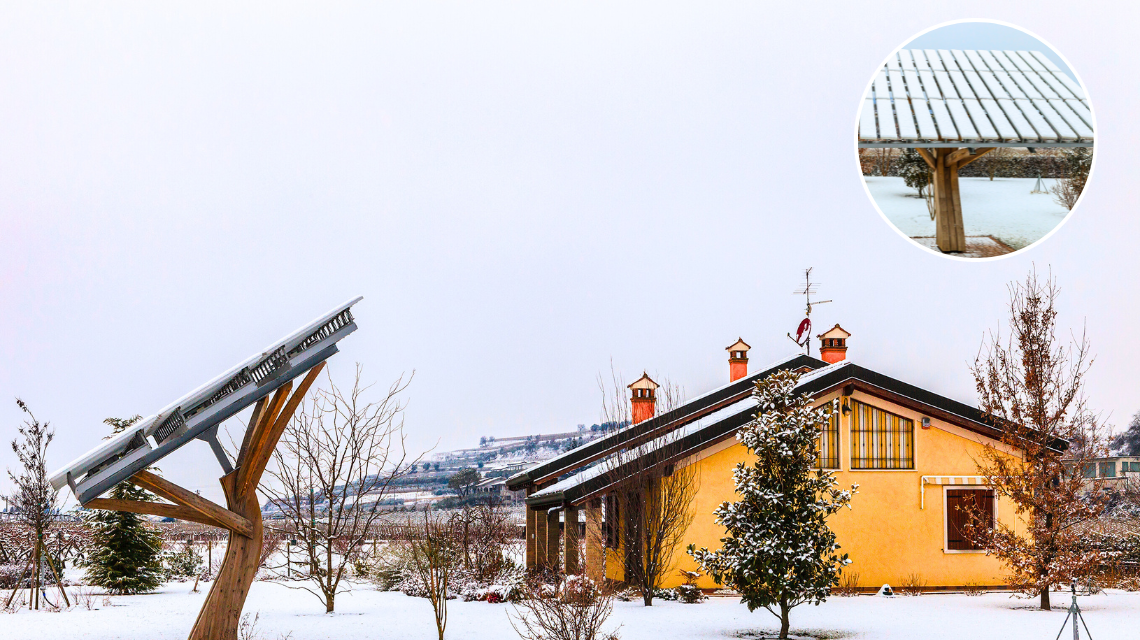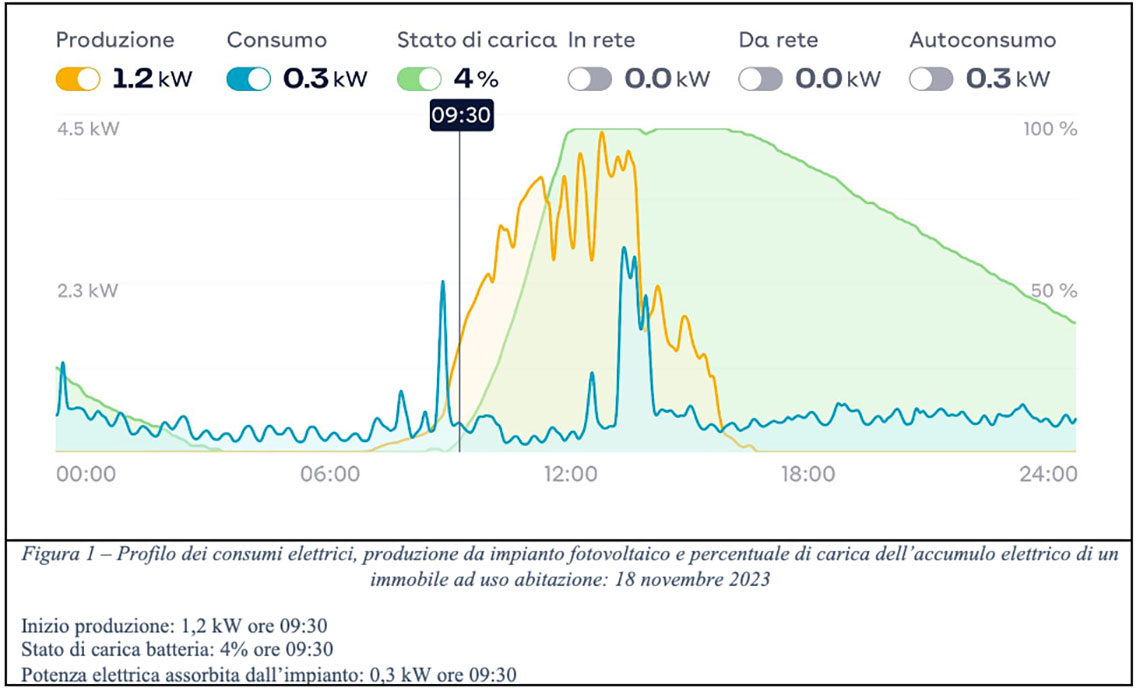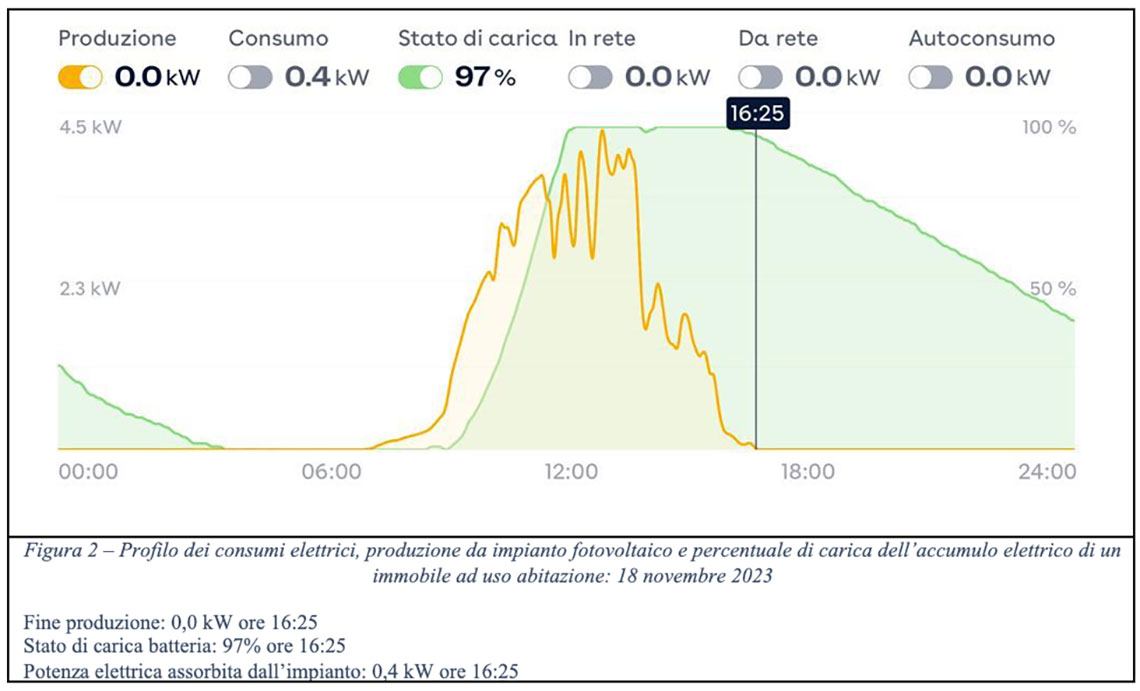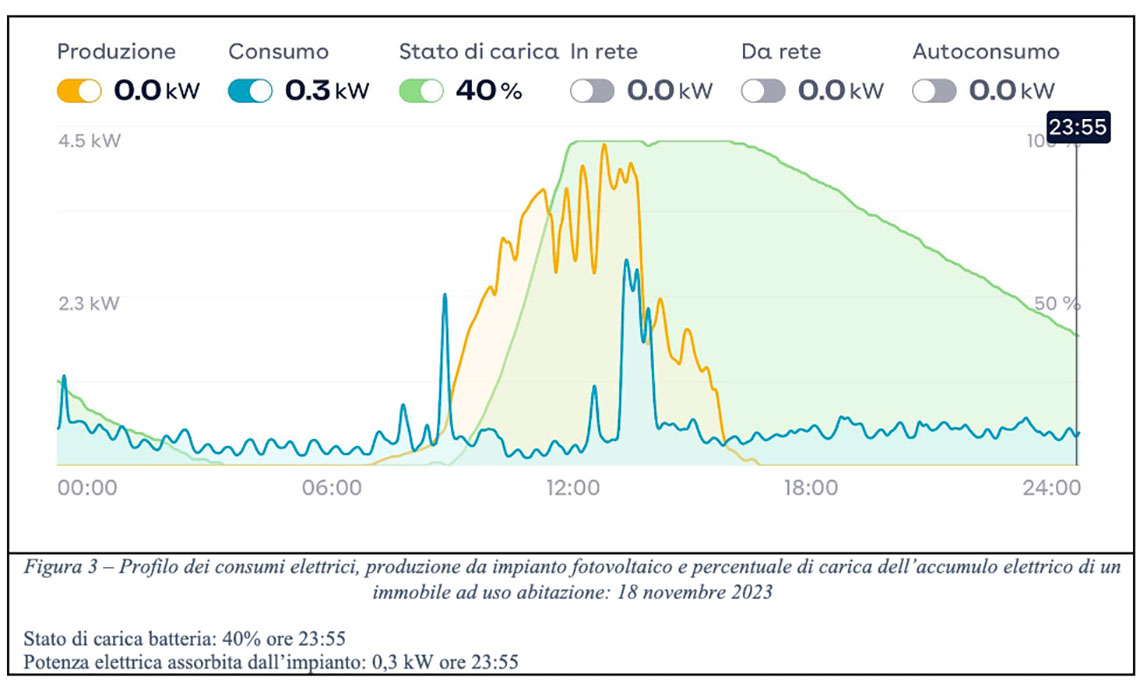Italian National Agency for New Technologies, Energy and Sustainable Economic Development

Energy: ENEA tips to optimize rooftop photovoltaics in winter
ENEA has developed 12 tips for optimizing rooftop photovoltaic on residential buildings also in winter, addressed at both users of over one million domestic systems, 82.5% of the approximately 1.23 millions in operation in Italy in 2022[1], and those who intend to install a system for the first time. Particular attention should be paid to orientation, inclination and the shadowing effect generated by the solar panels, in addition to the right battery size, which must be proportionate to the power of the system.
"Photovoltaics can lower utility bills and safeguard the environment even in winter when, coupled with electric heat pumps can contribute to heating your home", explained Nicolandrea Calabrese, head of the ENEA laboratory of Energy Efficiency in Buildings and Urban Development. " However - he said - planning of an efficient system requires an expert's knowledge".
The photovoltaic modules work well even during the cold season, since solar panels absorb energy from the sun's light, not the sun's heat. However, during this period of the year the system generates less power, since the amount of daylight is a lot shorter than during the summertime and cloudy or rainy days are more frequent. “In winter it is necessary to rethink the way we use energy.
According to ENEA surveys on a typical November day, a standard 4.5 kW photovoltaic system ensures maximum project power between 11 and 14, while after 16:30 it does not produce energy. In addition, at noon the energy accumulation system is completely loaded, so it would be appropriate, from that moment on, to consume all power generated (Fig.1, 2, 3).
In winter, owners of a photovoltaic system, even if equipped with power storage systems, should synchronize production and consumption using home automation solutions to start heat pumps and heat the rooms in the central hours of the day, even if not at home.
"If we limit the use of a domestic photovoltaic system only to the summer, the payback time of the investment is longer. If, on the other hand, the plant is well managed in winter, the payback time could be about 6 years ", said Calabrese.
A poster with the 12 tips was created with the support of Isneva and Logical Soft as part of "Italy in Class A", a campaign on energy efficiency promoted by the Ministry of the Environment and Energy Safety and conducted by ENEA.



